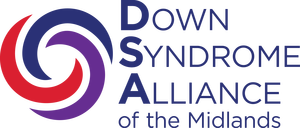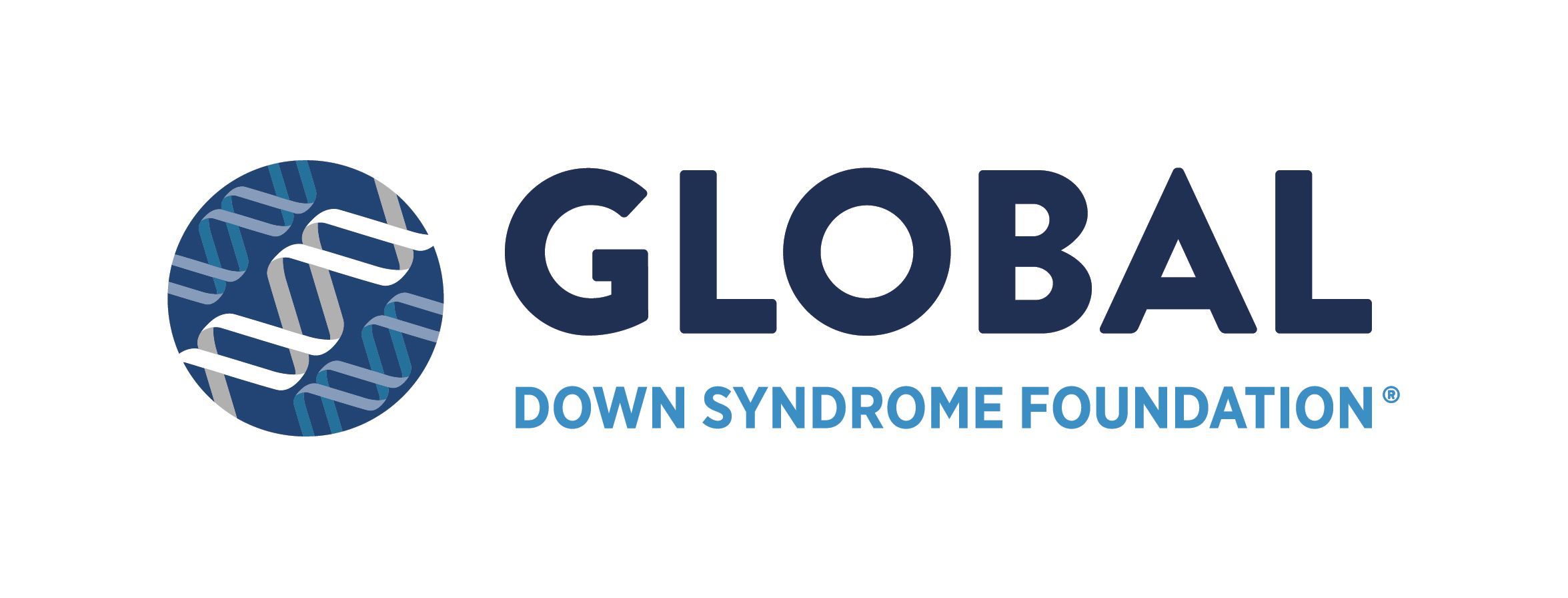
Individuals with Disabilities Education Act
IDEA was originally enacted by Congress in 1975 to ensure that children with disabilities have the opportunity to receive a free appropriate public education, just like other children. The law has been revised many times over the years.
The most recent amendments were passed by Congress in December 2004, with final regulations published in August 2006 (Part B for school-aged children) and in September 2011 (Part C, for babies and toddlers). So, in one sense, the law is very new, even as it has a long, detailed, and powerful history.
Individualized Education Program
An IEP is a written statement for each child with a disability that is developed, reviewed, and revised. It is the road map that describes your student, where they need to go, and how they are going to get there. It must include a statement of your child’s present levels of academic achievement and functional performance, a statement of measurable annual goals, a description of how and when your child’s progress toward meeting the annual goals will be measured, a statement of the special education and related services and supplementary aides and services, among other important details.
Your student’s IEP is developed by an IEP team, which includes a variety of educators and therapists dependent upon the his/her unique needs. You, as parents, are also equal members of the IEP team and have the right as well as the responsibility of advocating for your child. There are due process procedures in place should the team members disagree with a service and/or placement recommendation.
There are a variety of ways and classroom settings an education program (IEP) can be implemented. Some students will be included in their neighborhoods general education classes, while others may require a specialized curriculum provided in a special education classroom for a portion or all of their day. Supplemental aids or services are provided when necessary to support the student regardless of which classroom setting they are placed.
Inclusion
In a growing number of schools across the United States, it is now possible to walk into elementary, middle and secondary classrooms and observe students with Down syndrome and other cognitive and physical disabilities learning with their nondisabled peers. This practice of welcoming, valuing, empowering and supporting diverse academic and social learning among students of all abilities is called Inclusive education.
Inclusive education is more than mainstreaming. Mainstreaming implies that a student from a separate special education class visits the regular classroom for specific, usually non-academic, subjects. Inclusion is an educational process by which all students, including those with disabilities, are educated together for the majority of the school day. With sufficient support, students participate in age-appropriate, general education programs in their neighborhood schools.
Inclusion is a philosophy of education based on the belief in every person’s inherent right to fully participate in society. Inclusion implies acceptance of differences. It makes room for the person who would otherwise be excluded from the educational experiences that are fundamental to every student’s development.
When inclusion is effectively implemented, research has demonstrated academic and social benefits for all students: both those who have special needs as well as typical students. Friendships develop, nondisabled students are more appreciative of differences and students with disabilities are more motivated. True acceptance of diversity ultimately develops within the school environment and is then carried into the home, workplace and community.





